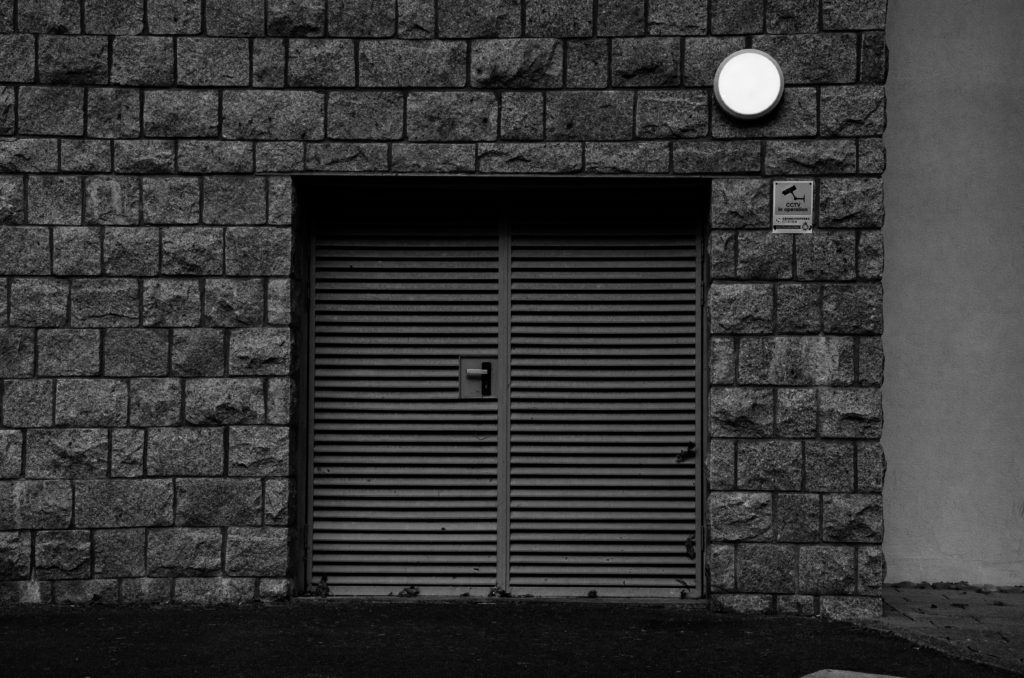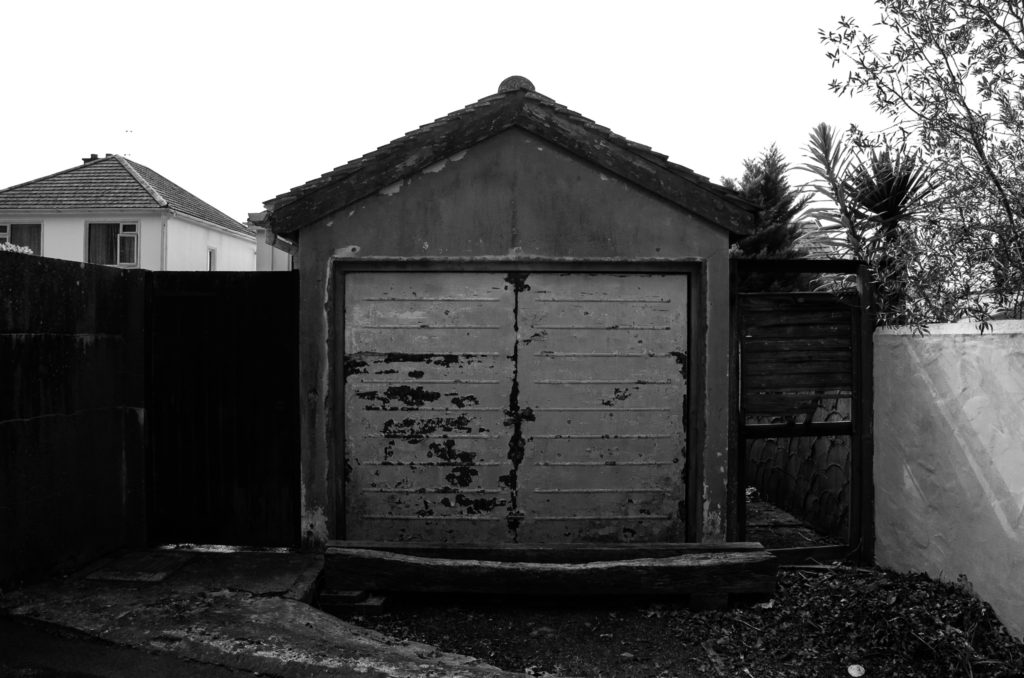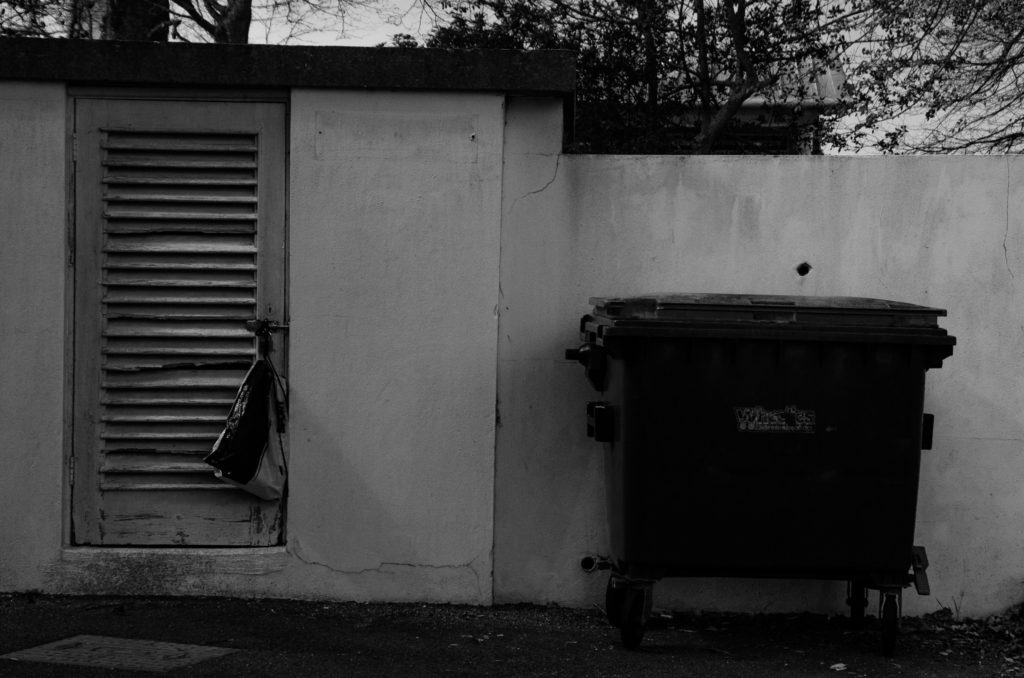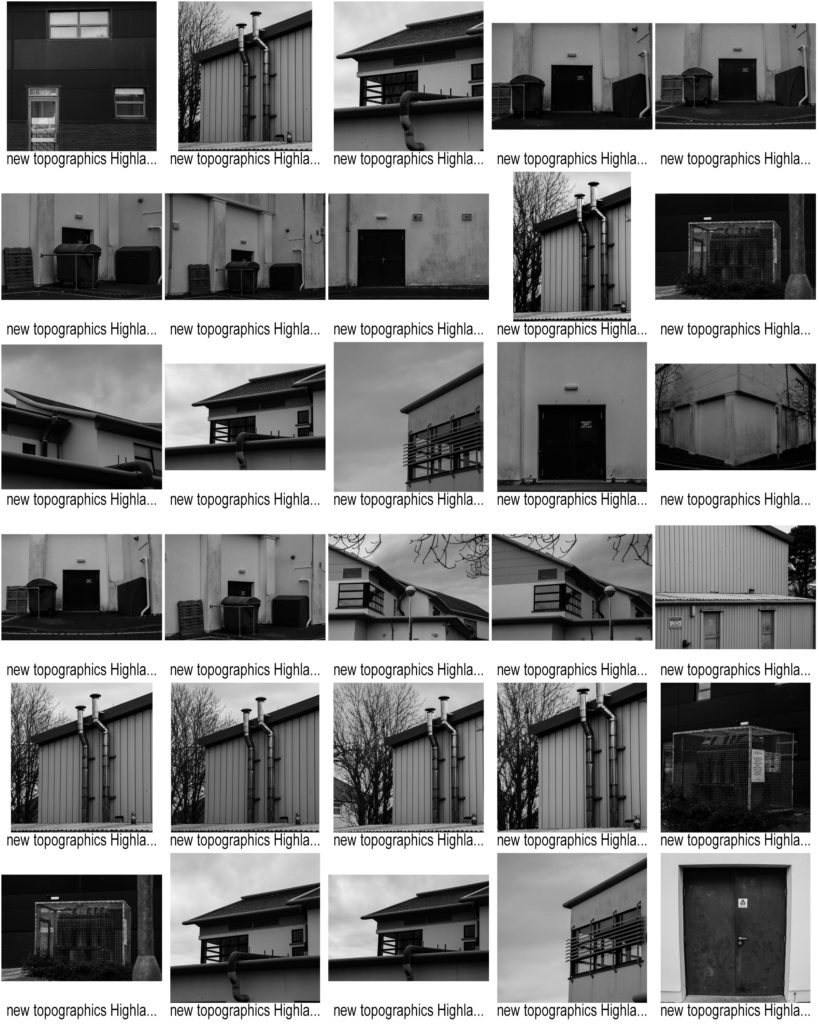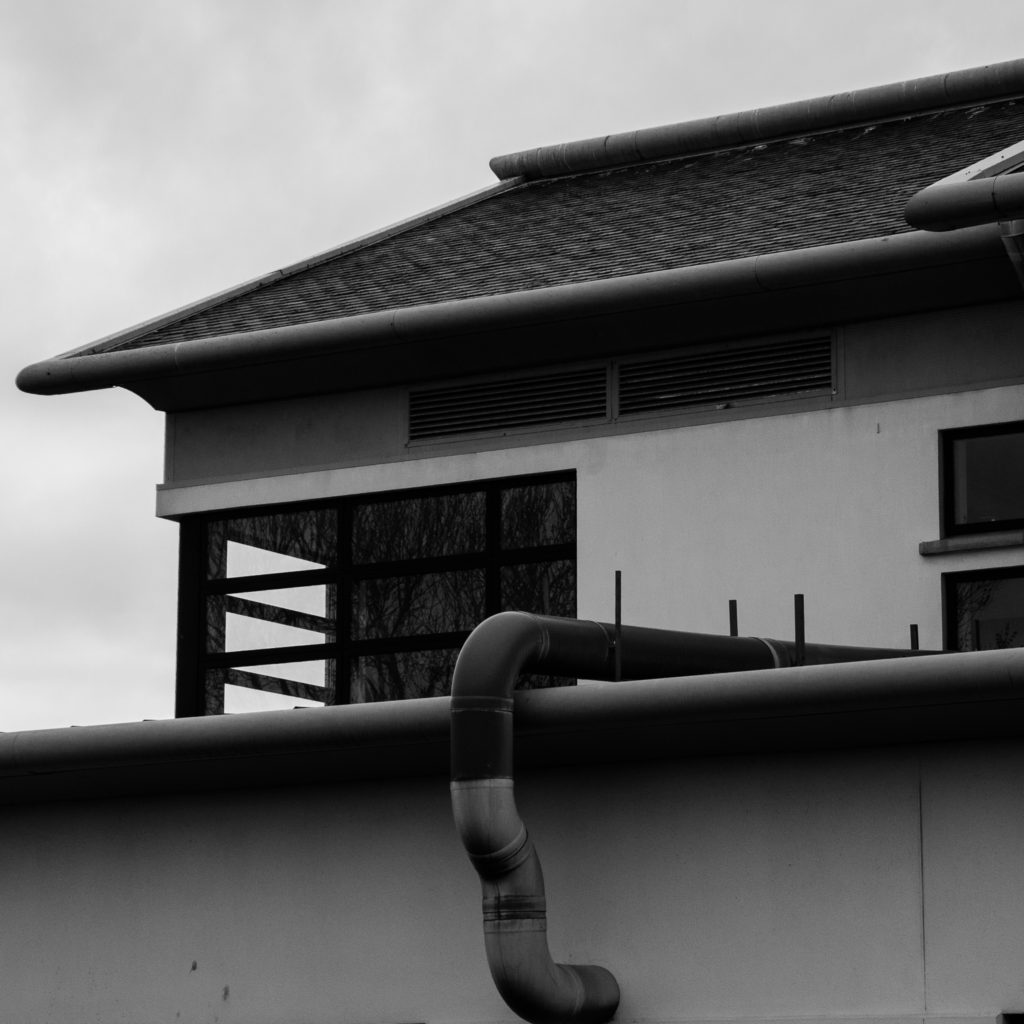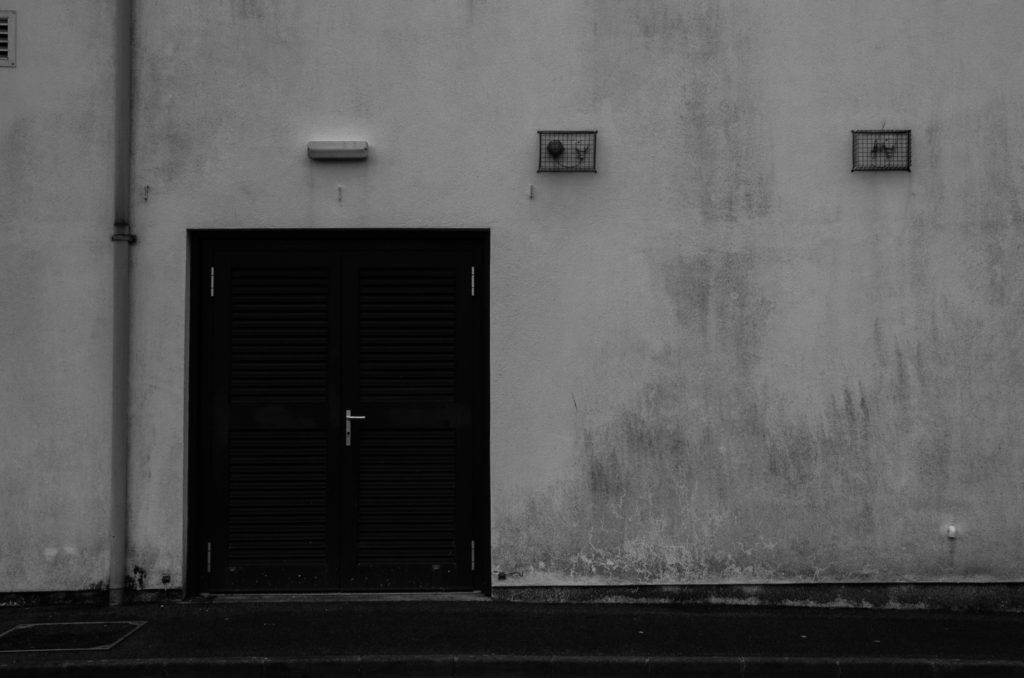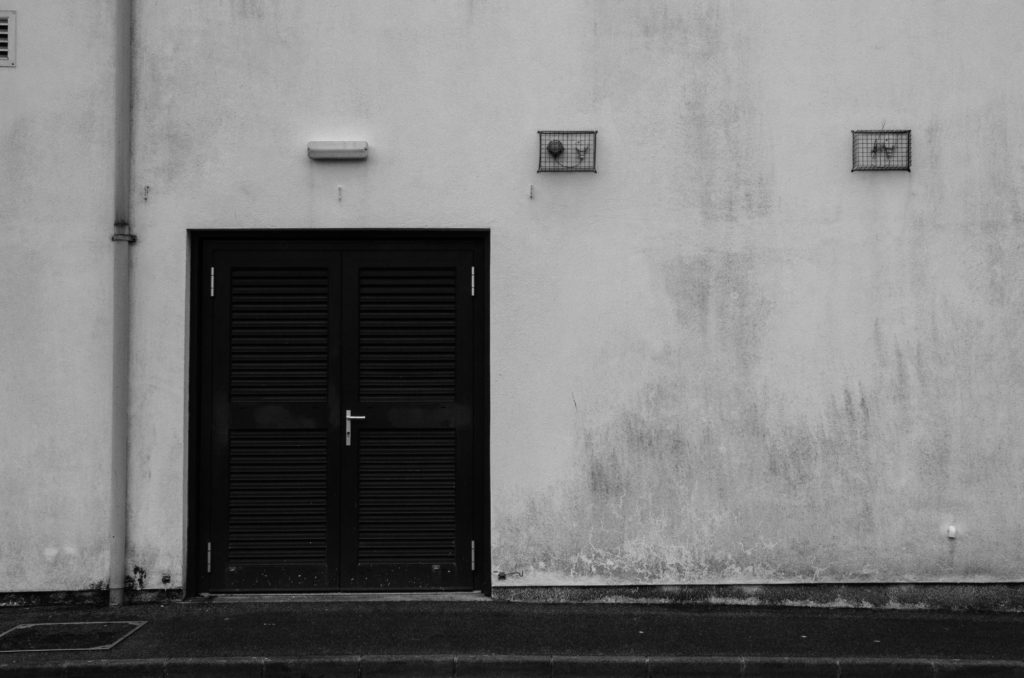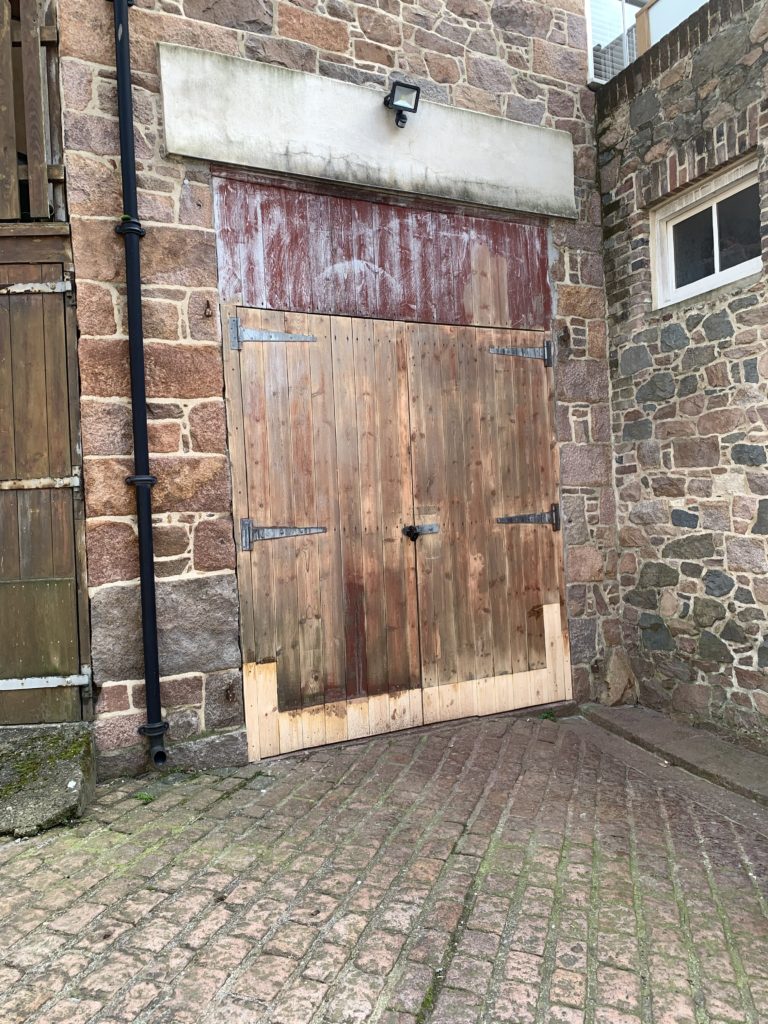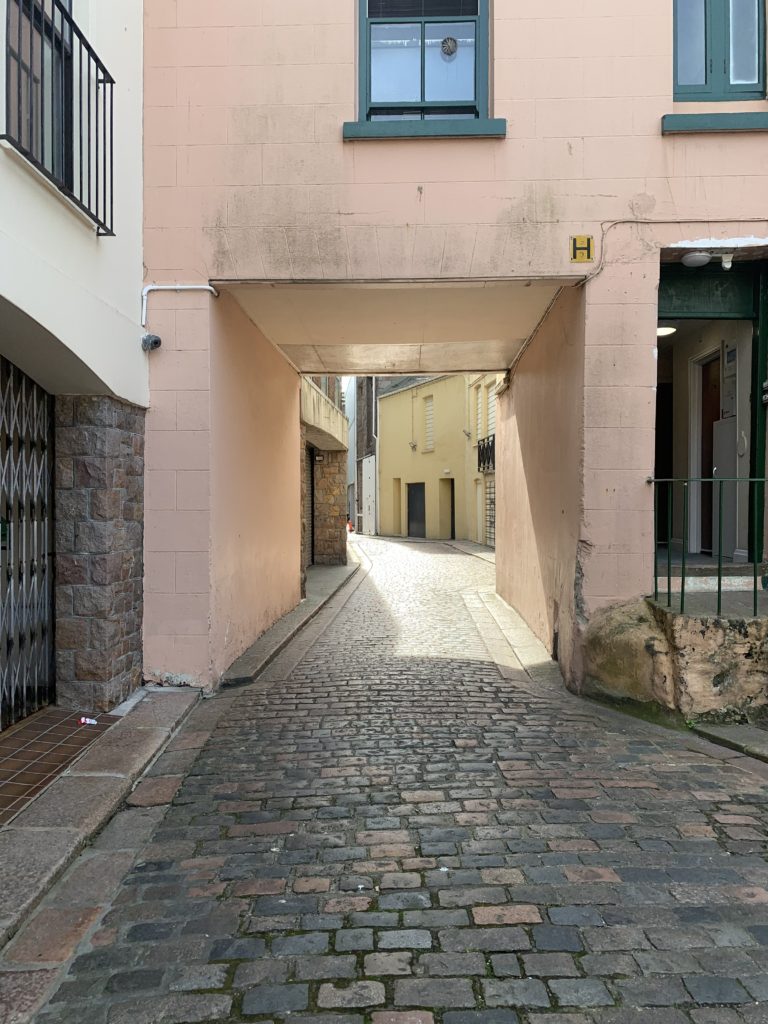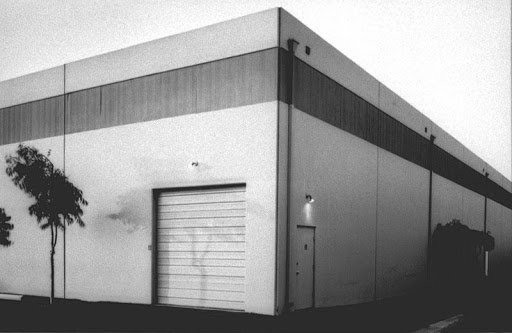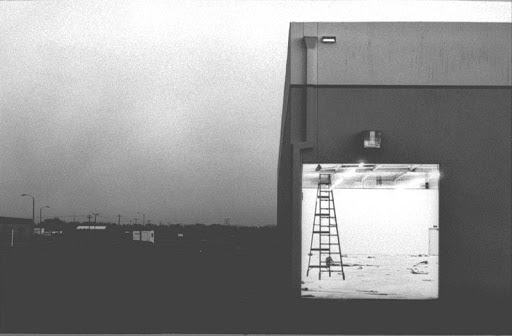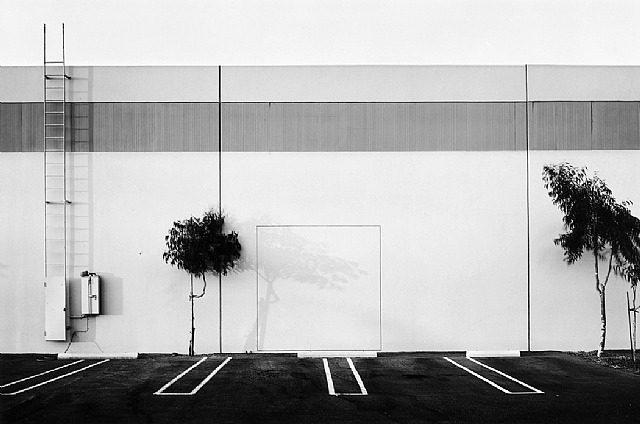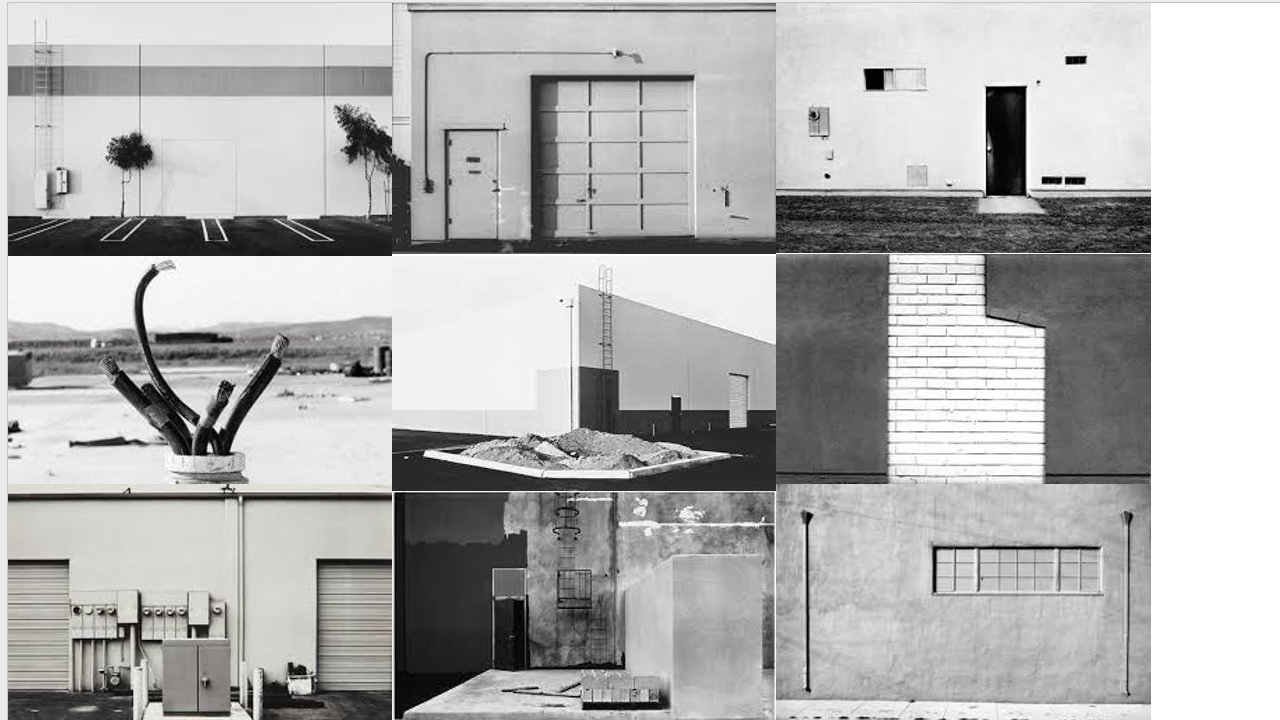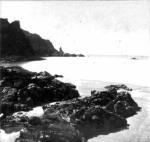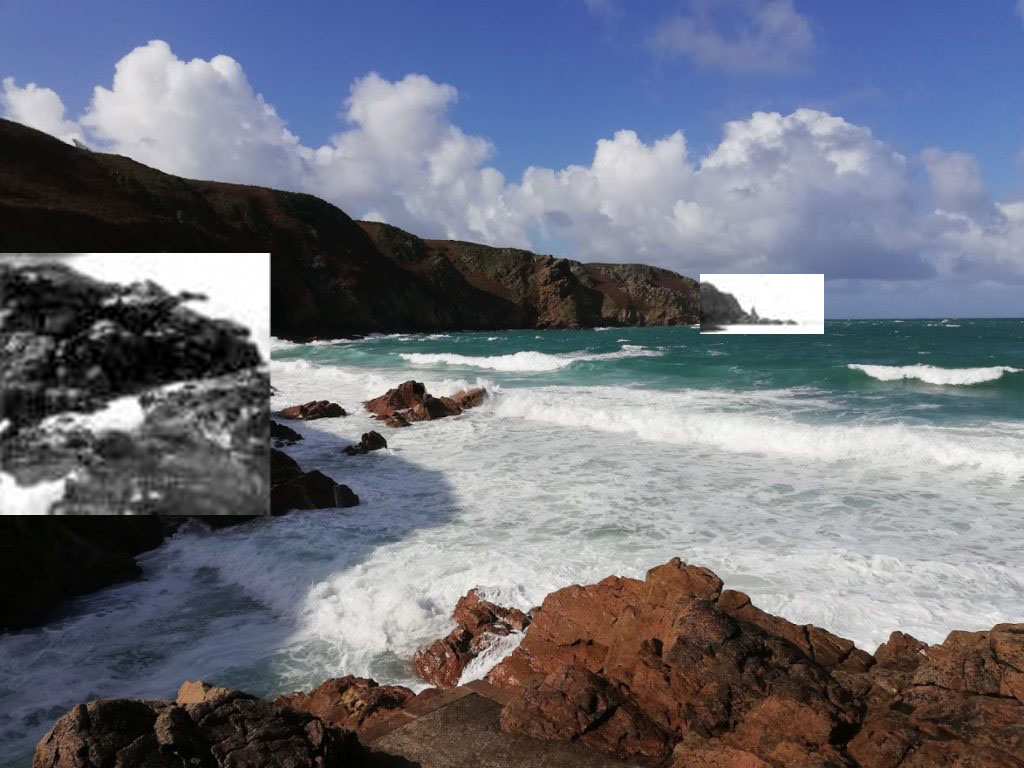
Ansel Adams, born on February 20th, 1902 then later died on April 22nd, 1984, was an American photographer who was well known for his landscape photography due to it being very transparent in the detail that was portrayed in his images form the landscapes being very clear. Ansel began his photography carer not even knowing but at the age of 12 he got his first camera and took pictures of the Yosemite National park which was later used to show off his photography that was first published in 1921. Ansel work was starting to mature and become at its best in 1929 and 1942 and he became more established. The 1930s were a time in which he was experimenting and being more productive with his photography, expanding his photography technically by taking close up pictures of mountains, large forms and even detailed close ups with pictures of mountains to even factories. Moreover, this was when Ansel was getting his best landscape images from landscapes to close up images of leaves and flowers. In 1952, Ansel was one of the founders of the magazine Aperture which was a journal of photography, showing of its best practitioners and newest innovations in which he was also a contributor to Arizona Highways, a photo rich magazine. In June 1955, Ansel began his annual workshop at Yosemite which they continued to 1981, attracting thousands of students. During the final 20 years of his lifetime, the 6×6 cm medium format Hasselblad was his camera of choice.

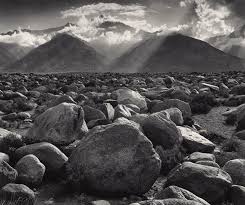
As you can see from Ansel Adams photography, the landscapes in which he has taken photographs of is very well defined to the point where you can see every single detail of the surroundings in the landscape. Moreover, in his images you can see the clear contrast in the compositions of black and white, which goes to show hoe well Ansel Adams understand the contrast between black and white as you can see from his images, making every detail stand out from textures and surfaces.



